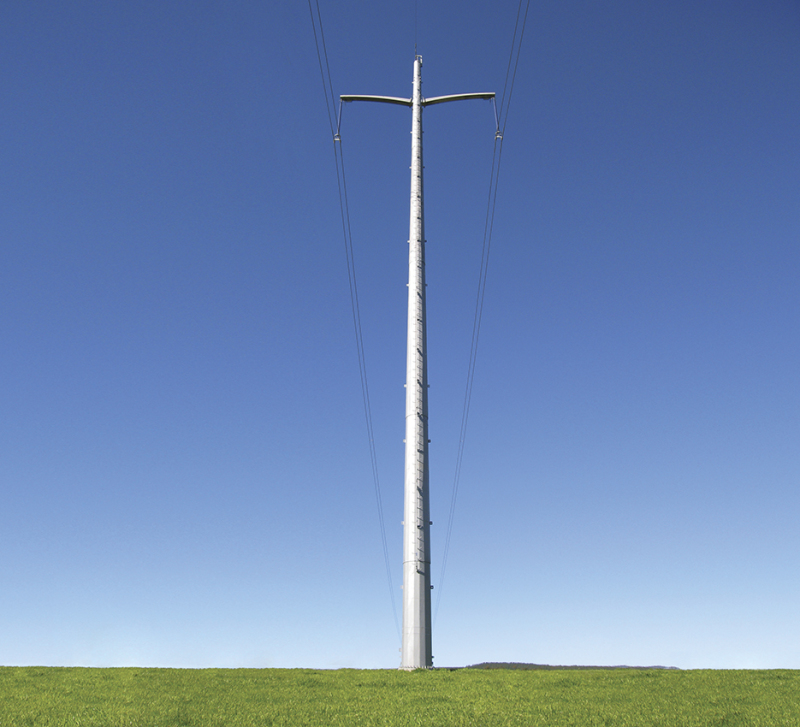I have been asked to design a 65ft tall pole for a sign. See attached dimensions. They want a break at 25ft, and then another pole break at the sign which is supposed to have a HSS Tube behind the sign for attachment. Does anyone have any ideas on how to attach these together besides a plate splice with bolts? Is there a way to do some sort of sleeve at the first break from the ground so it looks a little bit cleaner?
I imagine there will be some sort of frequencies that need to be considered with this as well.
Thanks
I imagine there will be some sort of frequencies that need to be considered with this as well.
Thanks


